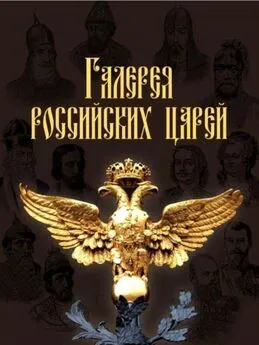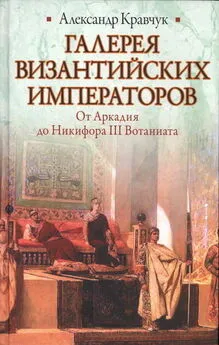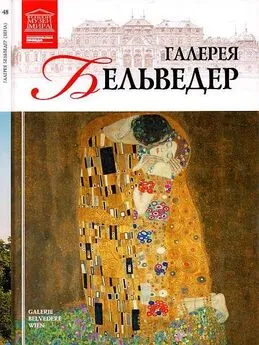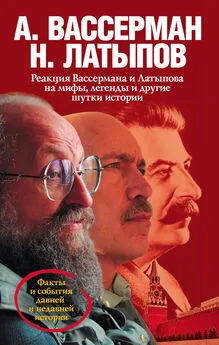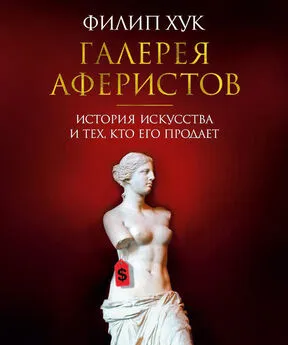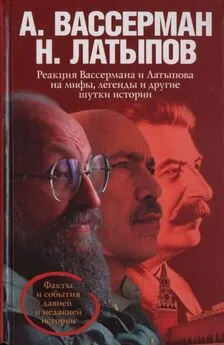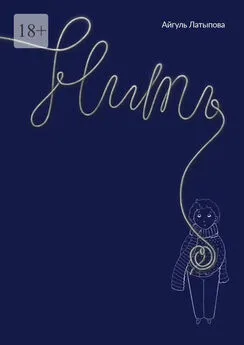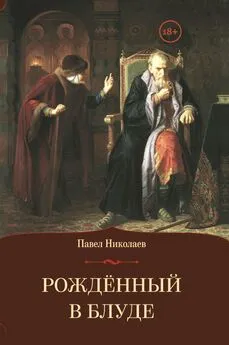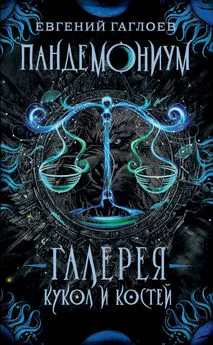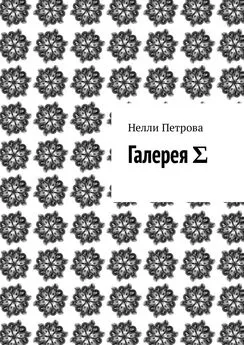И. Латыпова - Галерея российских царей
- Название:Галерея российских царей
- Автор:
- Жанр:
- Издательство:БХВ-Петербург
- Год:2013
- Город:Санкт-Петербург
- ISBN:978-5-9775-0834-6
- Рейтинг:
- Избранное:Добавить в избранное
-
Отзывы:
-
Ваша оценка:
И. Латыпова - Галерея российских царей краткое содержание
Репринтное издание книги XIX века — галереи портретов российских царей, дополненное двумя портретами последних царей, правивших после выхода первого издания, а также текстом на русском и английском языках — выдержками из трудов историков Н. М. Карамзина и С. М. Соловьева.
Галерея российских царей - читать онлайн бесплатно ознакомительный отрывок
Интервал:
Закладка:
On the death of Feodor Alekseevich, his brothers Ivan and Peter both were declared the heirs. Ivan was of infirm mind, Peter was a mere child. Their elder sister Sophia was appointed a regent over them, as she was the strongest of nature and mind among the princesses. Moreover, it was the army that insisted on giving the throne to her at that moment.
Sophia’s rule over the country lasted seven years. She did not introduce any significant changes to the administrative structures. In 1689, the crown prince Peter got seventeen years old, he was married and had every right to get out of the regency of his sister. That same year, Sophia launched military campaign in Crimea with her favourite Vasiliy Golitsyn as a commander. The campaign was unsuccessful and weakened the already shaky position of the tsarina. Unwilling to give up the power, Sophia conceived a coup d’etat, but this time the army refused to go against the law. Then she tried to persuade the army that Peter’s partisans had a plan to kill Ivan and princesses, and encouraged to execute alleged conspirators, but Peter was warned about that and escaped. The chances of Peter and Sophia were unequal in this confrontation. The former tsarina was sent to Novodevichiy Convent for the rest of her life, where she ceased in five years.
Петр I Peter I 1689-1725
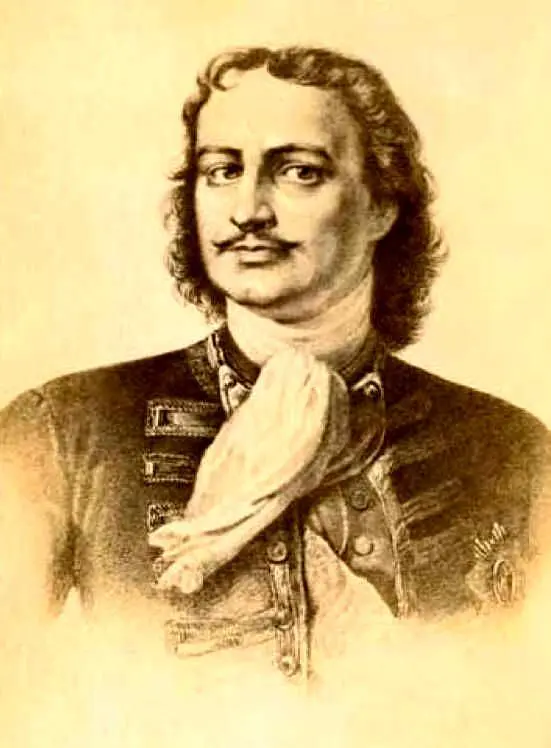
Пётр I — внук Михаила Романова, выбран на царство в 1682 году, самостоятельно правил с 1689 года. Пётр Алексеевич с детства интересовался военным искусством, географией, кораблестроением. Он был одержим идеей строительства флота и получения выхода к морю. В 1695 году Пётр I предпринял военный поход в Крым, в результате которого был взят город Азов. Это стало первым шагом на пути к овладению черноморским побережьем.
В 1697 году Пётр во главе посольства отправился к иноземным берегам. Цель посольства — найти союзников для войны с Турцией. За границей царь с жадностью постигал заморские науки: изучал артиллерию в Пруссии, плотничал на судостроительных верфях в Голландии, осваивал теорию кораблестроения в Англии.
В 1700 году Пётр I начал войну со Швецией за выход в Балтийское море, закончившуюся через 21 год победным для России Ништадтским миром, после чего царь объявил себя императором.
Для привлечения дополнительных средств в казну Пётр Алексеевич упразднил патриаршество, подчинил церковь государству и стал контролировать все доходы с монастырских владений. Пётр I основал Санкт-Петербург и перенес столицу в новый город. Он провел массу реформ, затронувших армию, церковь, политику, экономику, образование и культуру.
Peter I was a grandson to Mikhail Romanov. He was chosen for the throne in 1682, and ruled on his own since 1689. Since his childhood, Peter Alekseevich took interest in martial art, geography, shipbuilding. He was obsessed with the idea of building a fleet and obtaining the access to the sea. In 1695, Peter I undertook a military campaign in the Crimea, which resulted in capture of Town Azov. This was the first step to conquering the Black Sea coast.
In 1697, Peter headed the embassy for abroad. Its mission was to find allies for the war with Turkey. Abroad, the tsar was eagerly grasping foreign sciences: he studied artillery in Prussia, worked as a carpenter at the shipyards in the Netherlands, and mastered the theory of shipbuilding in England.
In 1700, Peter I launched a war with Sweden for the access to the Baltic Sea, which lasted 21 years and ended with Nystadskiy Treaty victorious for Russia, after which the tsar declared himself an Emperor.
To raise additional funds for the treasury, Peter abolished the patriarchate, subordinated the church to the state, and took control over all revenues from the monastic estates. Peter I founded St. Petersburg and moved the capital to his new city. He carried out a lot of reforms that affected the army, church, politics, economics, education, and culture.
Екатерина I Catherine I 1725-1727
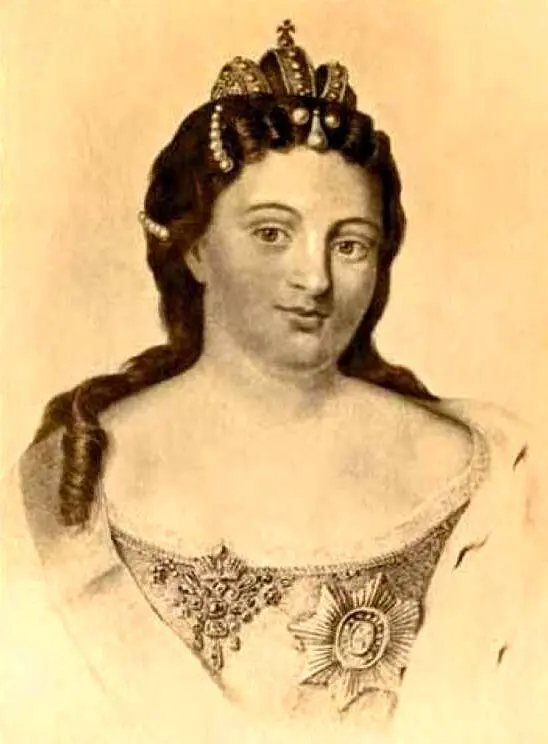
Екатерина Алексеевна — вторая жена императора Петра I, получила престол после смерти мужа. Происхождением императрица была из крестьян, ее образование и знания не позволяли полноценно управлять государством, поэтому в помощь Екатерине I был создан Верховный тайный совет из приближенных вельмож, где особым влиянием пользовался Меншиков. Этот совещательный орган и принимал государственные решения, императрице оставалось только подписание документов. В отличие от мужа, Екатерина I не проводила громких преобразований и реформ. Она продолжила некоторые начинания Петра: открыла в 1726 году Академию наук, утвержденную им еще в 1724 году, снарядила морскую экспедицию Беринга на Камчатку.
Большую часть времени императрица проводила в увеселениях, празднествах, застольях, была замечена в чрезмерном употреблении алкоголя. Излишества спровоцировали болезнь, и всего через два года правления она скончалась, передав престол внуку Петра I, Петру Алексеевичу.
Catherine Alekseevna was the second wife to Emperor Peter I, and received the throne on the death of her husband. The empress originated from a peasant family, her education and knowledge were not sufficient for ruling the state properly. For this reason, the Supreme Privy Council was established as the aid to Catherine I. It consisted of the noble confidants, among which Menshikov enjoyed a particular influence. This advisory body made the governmental decisions, while the empress was only to sign the documents. Unlike her late husband, Catherine I did not carry out conspicuous changes or reforms. She proceeded with some of the initiatives of Peter: in 1726, the Academy of Sciences was established, which he endorsed in 1724; the sea expedition of Captain Bering was sent to Kamchatka.
The Empress spent most of her time in amusements, festivities, feasts, and was noticed at the misuse of alcohol. Her excesses provoked a disease, and after two years of rule she died, passing the throne to Peter Alekseevich, a grandson to Peter I.
Петр II Алексеевич Peter II Alekseevich 1727-1730
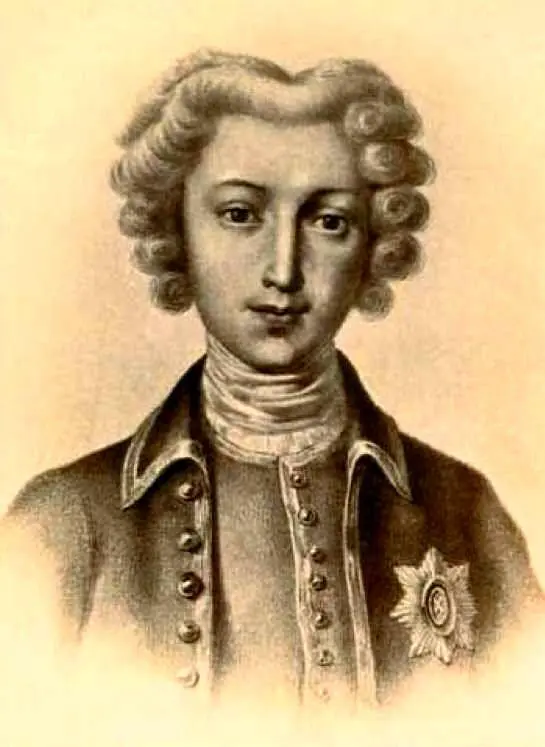
Пётр Алексеевич — внук Петра I. Престол достался ему в одиннадцатилетнем возрасте — естественно, что его правление нельзя назвать самостоятельным. Император находился под влиянием разных лиц: Меншикова, Долгорукого, своей бабки Евдокии Лопухиной.
Во время короткого правления Петра II практически обессилел созданный усилиями Петра I флот, пришла в упадок армия. Возвратились многие обычаи, существовавшие до реформ Петра I. Церковь начала попытки выйти из-под светской власти, столица снова переместилась в Москву. Юный Пётр Алексеевич развлекался охотой, мало интересовался государством, не тяготел к обучению, с окружающими держался дерзко.
В 1729 году Пётр II обручился с сестрой Ивана Долгорукого, но свадьба не состоялась. В январе 1730 года Пётр Алексеевич умер от оспы. Долгорукий пытался подделать завещание в пользу сестры (он умел копировать почерк императора), но эта идея не осуществилась, предприимчивого вельможу отправили с семьей в ссылку. Вопрос о престолонаследии остался открытым.
Peter Alekseevich was a grandson to Peter I. He ascended the throne at the age of eleven — of course, his rule could not be considered self-dependent. The emperor was influenced by different individuals: Menshikov, Dolgorukiy, his grandmother Eudoxia Lopukhina.
During the short reign of Peter II, the navy created by the efforts of Peter I almost lost its operating condition, the army fell into decay. Old traditions, that were accustomed before the reforms of Peter I, became mainly resumed. The church began trying to get out of the secular authority, the capital relocated back to Moscow. Young Peter Alekseevich was fond of hunting, had little interest in the state affairs or learning, and treated the others with defiant disdain.
In 1729, Peter II was betrothed to the sister of Ivan Dolgorukiy, but they never wedded. In January of 1730, Peter Alekseevich died of smallpox. Dolgorukiy made an attempt to forge the emperor’s will in favour of the sister (he was trained to copy the handwriting of the emperor), but it failed him, and the enterprising courtier was sent into exile with the whole family. The problem of succession remained open.
Анна Иоанновна Anna Ioannovna 1730-1740
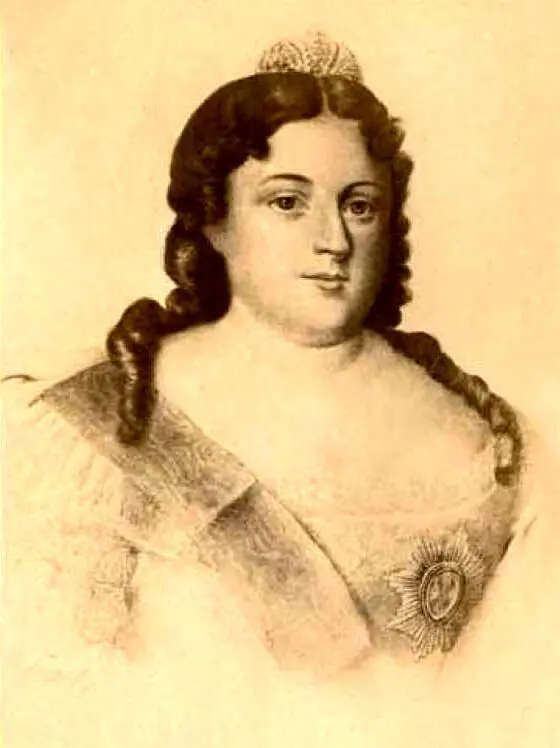
После смерти Петра II вопрос о престолонаследии решался Верховным тайным советом. Детей Петра I приближать к власти не захотели, а пригласили Анну Иоанновну — вдовствующую герцогиню Курляндскую, дочь Ивана V, старшего брата Петра I, считая, что она будет послушным орудием в руках ловких царедворцев. Наследницу заставили подписать «Кондиции» — перечень обязательств перед Верховным тайным советом, ограничивающих ее власть. Однако Анна Иоанновна после коронования порвала «Кондиции» и расформировала Верховный совет.
Читать дальшеИнтервал:
Закладка:
